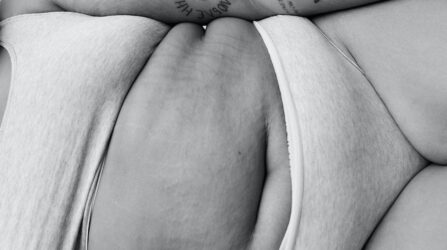
Do you find it difficult to switch off at the end of the day? Is your mind still racing as your head hits the pillow, and however many darned sheep you try and count, sleep remains as elusive as a lottery win? If so, what’s the answer? Read on to discover some top tips.
If you’re a mother you’ll know a bedtime routine is key to getting babies sleeping better, whether they’re newborn or school age. But, when we reach adulthood and independence, bedtime routines go out of the window.
A soothing bedtime routine will help both mind and body relax and prepare you for bed and, more importantly, sleep. Followed consistently, a bedtime routine can be a significant sleep aid and help you learn to fall asleep naturally. You can find out how to create a sleep routine here.
Learning to practice relaxation techniques can reduce stress and muscle tension. They can also help to lower blood pressure and control pain. And, if you want to learn how to relax and fall asleep, relaxation exercises are the simplest and easiest things to help.
The goal of most relaxation techniques is mental and physical relaxation, and the best ones are those that break the thought patterns that keep you up at night. Some of the most effective techniques involve tensing and relaxing muscles in various parts of the body. Others include meditation, guided imagery, and deep breathing exercises.
Try this simple body relaxation technique before you get into bed:
The above exercise will tell your body and mind that it is okay to settle down, leaving behind thoughts of worry, fear, and stress.
Meditating is an excellent way to relax the body and mind. It doesn’t have to be complicated or difficult, and you don’t need any equipment. The purpose of meditation is to calm anxious thoughts and focus on the present moment. It’s an exercise that benefits both the brain and body, as it can help slow your heart rate and focus the mind.
There are many breathing techniques you can learn to use to promote relaxation and relieve stress. The deeper and slower that you breathe the more relaxed and sedated you will become.
Try this breathing technique when you first get into bed and add it to your sleep routine:
The results of this technique are immediate. You will feel your shoulders and arms relaxing. Your chest will feel less constricted and you will feel less stress and tension.
Remember, not every technique works for everybody, so take your time trying an assortment to find the right one for you. And very soon, you’ll be sleeping like a baby.
Until next time darlings
xx
Disclaimer: This website does not provide medical advice
The information, including but not limited to, text, graphics, images and other material contained on this website are for informational purposes only. No material on this site is intended to be a substitute for professional medical advice, diagnosis or treatment. Always seek the advice of your physician or other qualified health care provider with any questions you may have regarding a medical condition or treatment and before undertaking a new health care regimen, and never disregard professional medical advice or delay in seeking it because of something you have read on this website.

-


Dr Singh is the Medical Director of the Indiana Sleep Center. His research and clinical practice focuses on the myriad of sleep.

What does spotting before your period look like? Spotting is a few drops of blood on your underwear that are not enough to soak a pad. It’s typically brown, light pink, or red and may only be noticeable on a

Postpartum hormonal changes: What are they? Postpartum hormonal changes occur when your body experiences shifting hormone levels after birth. After your baby is born, the doctor removes the afterbirth or placenta, which sends signals to your body that you’re no

What is ovulation fatigue? As women, we can get numerous symptoms throughout our menstrual cycles. One question we’re asked is, “Why do you get tired during ovulation?” For some, the answer could be ovulation fatigue. Ovulation fatigue is when you
Hormona© 2025, All Rights Reserved
| Cookie | Duration | Description |
|---|---|---|
| cookielawinfo-checkbox-analytics | 11 months | This cookie is set by GDPR Cookie Consent plugin. The cookie is used to store the user consent for the cookies in the category "Analytics". |
| cookielawinfo-checkbox-functional | 11 months | The cookie is set by GDPR cookie consent to record the user consent for the cookies in the category "Functional". |
| cookielawinfo-checkbox-necessary | 11 months | This cookie is set by GDPR Cookie Consent plugin. The cookies is used to store the user consent for the cookies in the category "Necessary". |
| cookielawinfo-checkbox-others | 11 months | This cookie is set by GDPR Cookie Consent plugin. The cookie is used to store the user consent for the cookies in the category "Other. |
| cookielawinfo-checkbox-performance | 11 months | This cookie is set by GDPR Cookie Consent plugin. The cookie is used to store the user consent for the cookies in the category "Performance". |
| viewed_cookie_policy | 11 months | The cookie is set by the GDPR Cookie Consent plugin and is used to store whether or not user has consented to the use of cookies. It does not store any personal data. |
